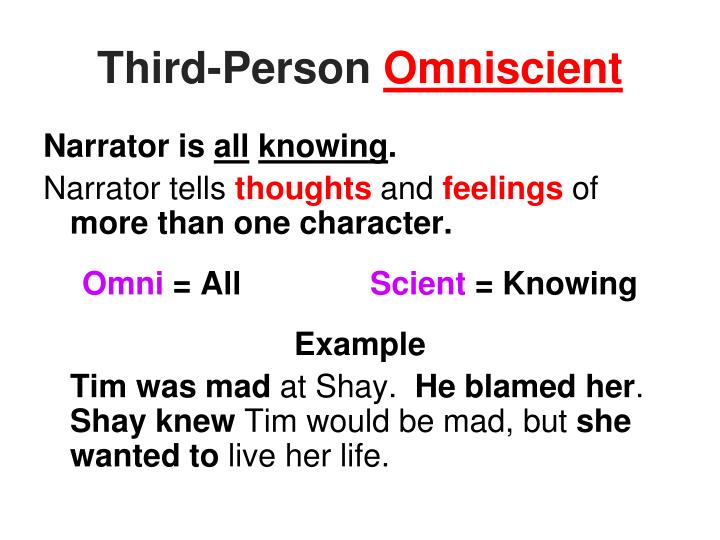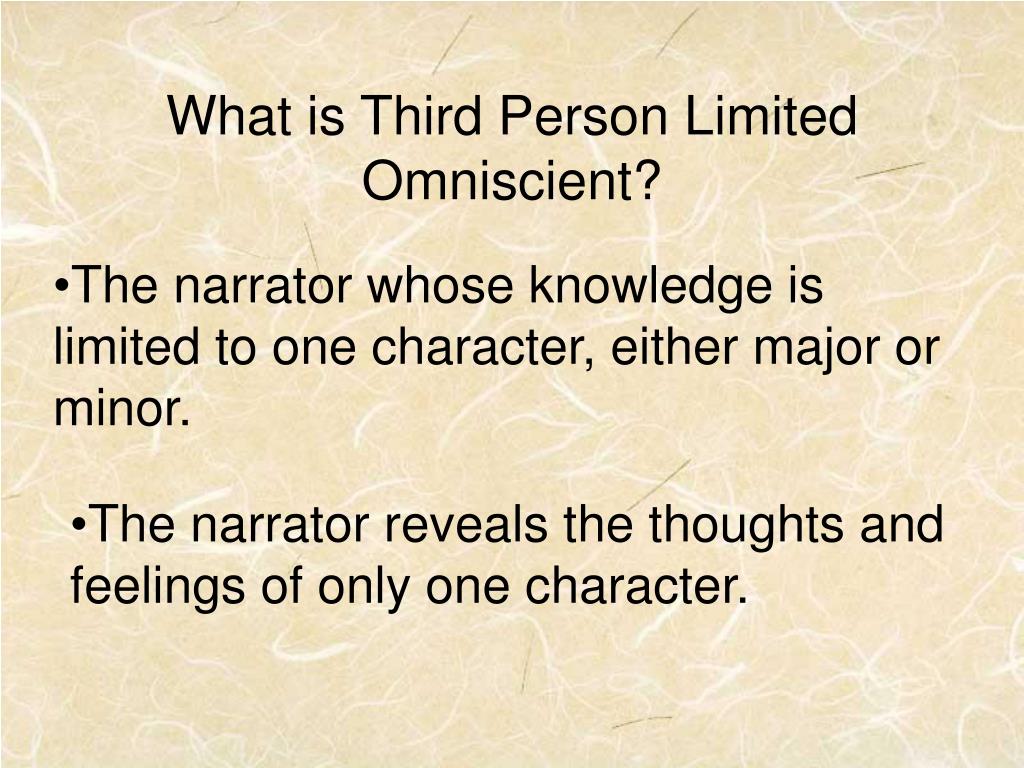

Bennet had seen her eldest daughter much admired by the Netherfield party. The evening altogether passed off pleasantly to the whole family. Below is an excellent example of Austen’s skillful third person omniscient style of writing that allows readers access to multiple character’s points of view: Darcy, Austen uses a third person omniscient narrator throughout. While commonly considered a story about Elizabeth Bennet’s experiences with Mr. The narrator does not, unlike the other third-person perspectives, have any insight into the characters’ thoughts and feelings.Įxamples of Third Person Omniscient Pride and Prejudice by Jane Austen Third Person Objective: a narrative point of view that uses the pronouns “he,” “she,” “they,” “them,” etc.Third Person: a literary style in which the narrator tells a story about a variety of characters. They use third-person pronouns like “her,” “him,” and “them.”.

Second Person: a literary style in which the narrator tells a story about “you”. The writer might use lines like “And then you went to the store and bought yourself some groceries.”.First Person: a literary style in which the narrator tells a story about him or herself. Uses first-person pronouns like “I,” “me,” and “my.”.Below are the other most commonly used points of view in literature: Third person omniscient is only one of several types of points of view that an author might choose to use in their poetry, short stories, or novels. It’s up to the writer to decide how “limited” their omniscient narrator is. Some may have more access to characters’ thoughts and emotions than others. It is important to remember that not all omniscient narrators are the same. This applies to many examples of literature throughout the history of writing and is one of the most popular and important narrative perspectives. When it’s used, the narrator can provide insight into all the characters’ minds, emotions, and actions. Third person omniscient is a popular point of view employed by many stylistically different writers.


 0 kommentar(er)
0 kommentar(er)
